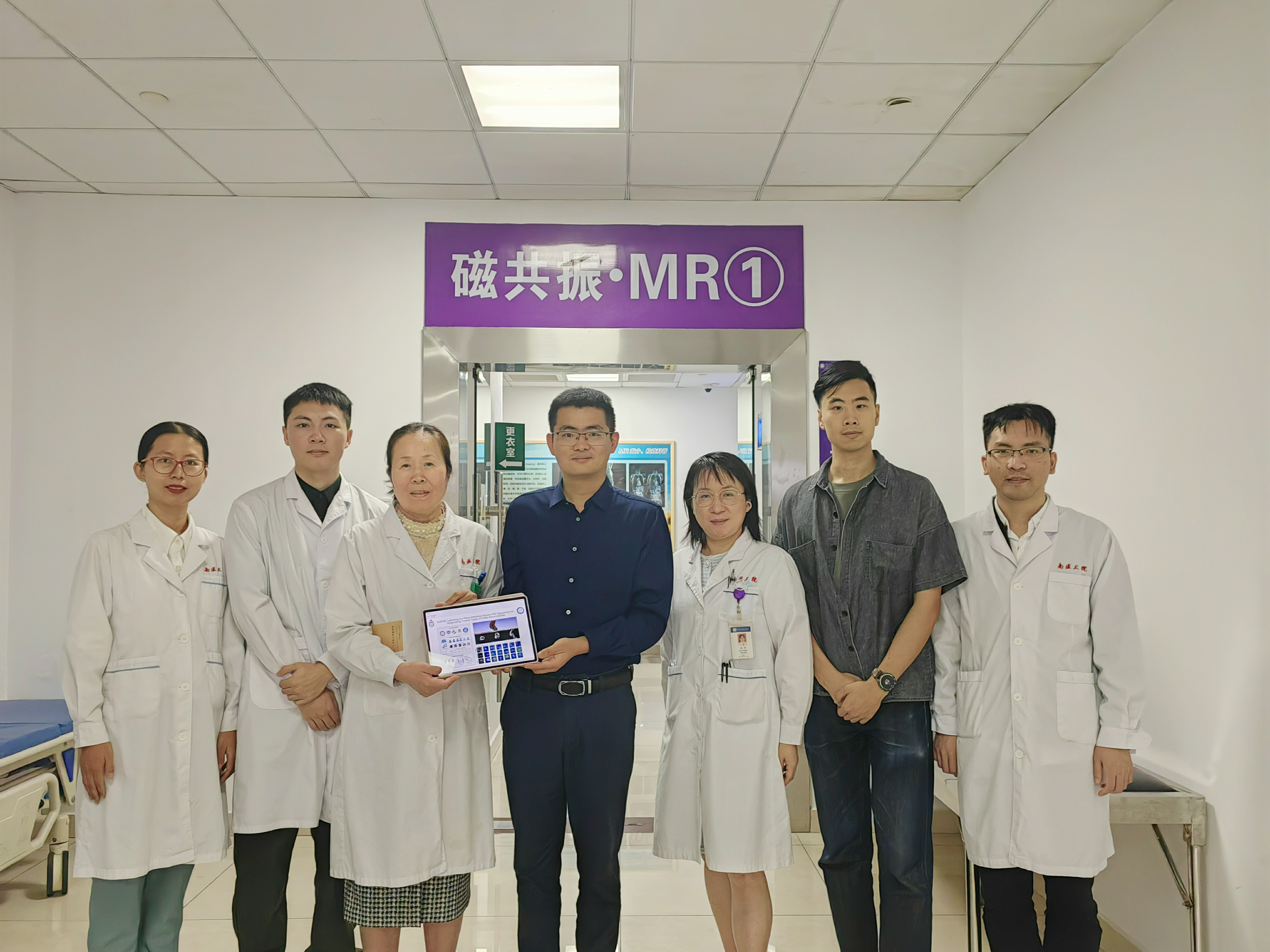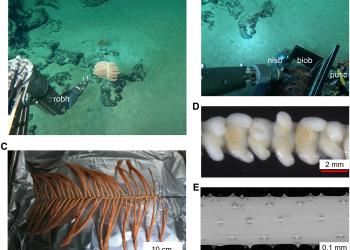Diagnosing Knee Abnormalities Like an Experienced Radiologist: A Novel Deep Learning Model by HKUST Engineering School
Multi-sequence knee magnetic resonance imaging (MRI) is an advanced non-invasive diagnostic method for knee pathology. However, MRI interpretation is highly time-consuming and heavily dependent on expertise. A research team from the School of Engineering, the Hong Kong University of Science and Technology (HKUST) has introduced a novel deep learning model which can assist with classifying 12 common types of knee abnormalities, enhancing both efficiency and accuracy.
The study was a collaboration between the Smart Lab of HKUST in Hong Kong and the Third Affiliated Hospital of Southern Medical University in Guangzhou, China. Their innovation was recently published in Nature Communications, in a paper titled “Learning Co-Plane Attention Across MRI Sequences for Diagnosing Twelve Types of Knee Abnormalities”.
As a complex hinge joint, the knee joint is one of the main load-bearing joints of the human body, supporting different movements in daily activities. Various knee abnormalities can arise from aging or injury, resulting in pain and dysfunction. Accurately diagnosing knee abnormalities is therefore crucial for customizing treatment plans and improving patients’ quality of life.
Due to the complex anatomical structure of the knee joint, different scanning parameters often exhibit different results. Moreover, some subtle lesions of the knee joint may easily be overlooked by radiologists with insufficient experience.
To address these challenges, the research team, led by Assistant Professor CHEN Hao from the Department of Computer Science and Engineering and Department of Chemical and Biological Engineering at HKUST, collaborated with five hospitals and collected data from 1,748 patients, including T1-weighted (T1W), T2-weighted (T2W), and proton density-weighted (PDW) MRI sequences from sagittal, coronal, and axial planes. By combining data from arthroscopy, widely considered the gold standard for diagnosing pathology of knee abnormalities, researchers conducted a comprehensive analysis and identified 12 common types of knee abnormalities in these patients.
They developed a deep learning model incorporating Co-Plane Attention across MRI Sequences (CoPAS) to classify the abnormalities. This model effectively captured intensity variations from different scanning parameters and identified complex correlations with abnormality types by decoupling spatial features from each MRI sequence, leading to high classification accuracy.
For comparison, they also conducted simulated clinical testing, in which radiologists were initially asked to provide stand-alone diagnoses based on MRI scans. Following a washout period, they were asked to make diagnoses again, this time using the model’s output as a reference.
Upon comparing the results, the team found that the model achieved an average diagnostic accuracy that outperformed junior radiologists and remained competitive with senior radiologists. Overall, the accuracy of all radiologists improved significantly with the model’s assistance.
A further interpretability analysis compared a clinical empirical table with the model’s output. It was found that the model’s decision-making process aligned consistently with clinical preferences. This indicates that the model has derived a set of corresponding rules similar to those used by radiologists, enabling it to produce more reliable results during clinical implementation.
Prof. Chen concluded, “This innovative CoPAS model demonstrates diagnostic performance comparable to that of radiologists. It is particularly beneficial in bridging the gap between less experienced and senior doctors.”
“Our findings underscore the promise of artificial intelligence in healthcare, highlighting its potential to identify and validate new clinical insights,” he added.
Prof. Chen is one of the corresponding authors of the paper, along with Prof. ZHAO Yinghua from the Third Affiliated Hospital of Southern Medical University. QIU Zelin, a Computer Science and Engineering PhD student at HKUST, and Dr. XIE Zhuoyao, from the Third Affiliated Hospital of Southern Medical University, are the co-first authors.











